Suunto Vertical Long-Term Review: Hiking Watch Review
As someone who’s been using the Suunto Vertical Solar for almost two years now, I thought it was about time for a long-term review.
When I upgraded from the Suunto 9 Peak to the Suunto Vertical almost two years ago, I did it for two reasons: battery life and topographic maps. After countless hikes, bike rides, and multi-day trips, I can say it has replaced both my Garmin eTrex 32x GPS handheld and my old Suunto 9 Peak.
If you’re wondering whether the Suunto Vertical is the right outdoor watch for you and for your hikes, this review will walk you through my long-term experience — the good, the bad, and whether it fits your needs as a hiking watch.
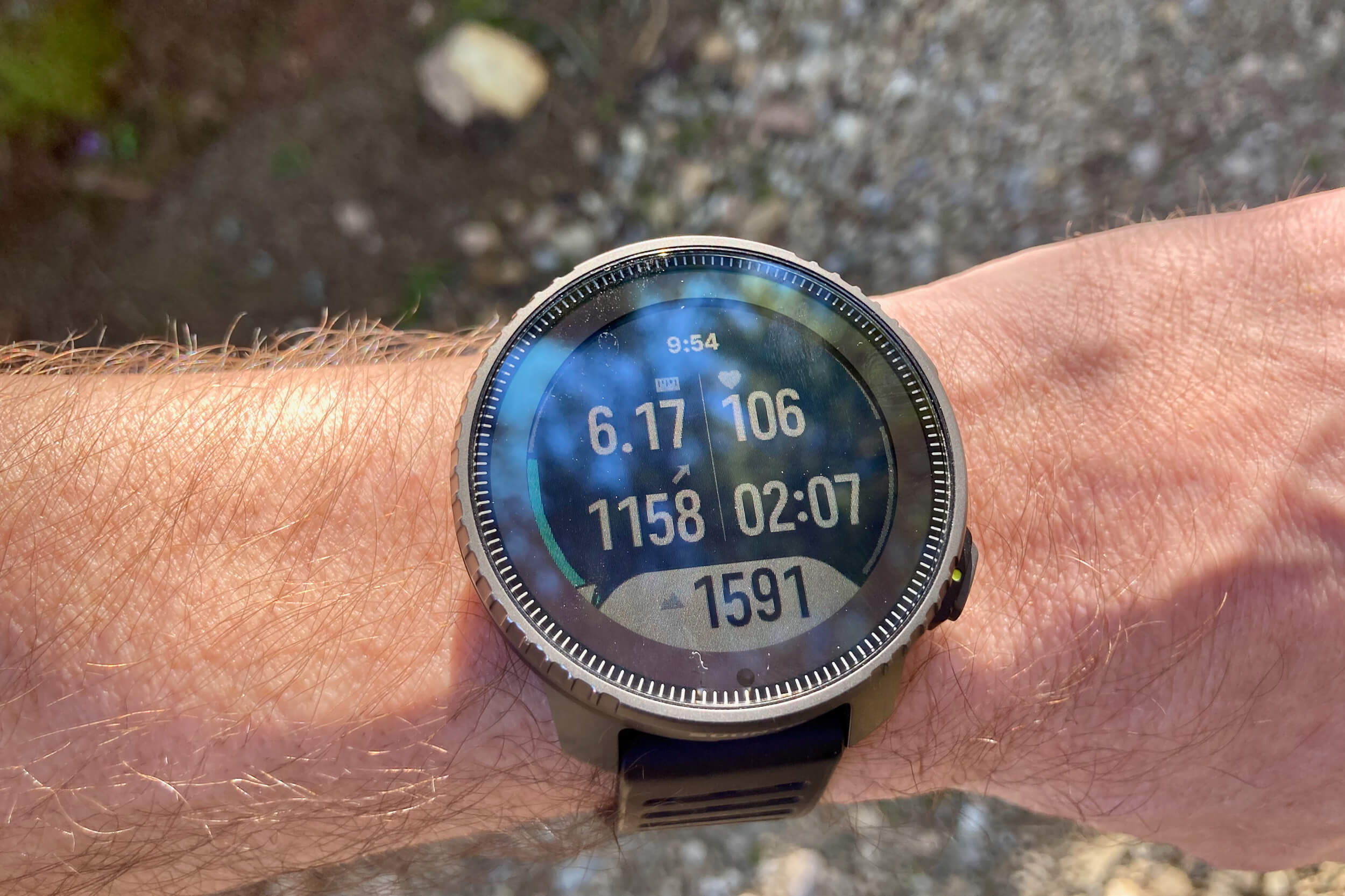
Suunto Vertical Solar.
Suunto Vertical Review Key Takeaways
- Best for: long-distance hikers, backpackers, and alpine adventurers.
- Battery life: 7–14 days, depending on how much you use it.
- Maps: downloadable offline topo maps, clear and easy to navigate.
- Price: not cheap, but cheaper than some other brands. However, with the release of the Suunto Vertical 2, the price will surely be more affordable.
- Solar charge: bit of a gimmick
Please note that as an Amazon Associate, I earn from qualifying purchases. If you find any of these recommendations helpful and decide to buy a product I recommend, I will get a small commission. This commission will help me keep the site running, and it will not incur any additional costs for you. This also means you will effectively support this site for free if you purchase one of these guides through my site.
Table of Contents
Size and Weight, Durability and Design
The Watch dimensions are 49 x 49 x 13.6 mm, weighing 74g. The basic Stainless Steel model doesn’t have the Solar charge, then there’s the Solar Steel, and then the Titanium Solar. I went with the Solar (no titanium). It’s a rugged watch, with sapphire glass and a solid bezel that can take knocks and not get scraped.
The first thing you’ll notice is that the Suunto Vertical is quite large compared to the Suunto 9, for example. However, on the wrist, it isn’t chunky at all. Definitely not as light and minimal as the Suunto 9 Peak, but it is still sleek.
The larger diameter and larger buttons also mean it’s very easy to use with your gloves on. The screen is also touch, so if you have gloves for touchscreens, it will work.
The controls are very easy to use. No entry on the menu is buried too deep into it, and you have all of your data easily accessible on the watch with the click of a button and a few swipes. So all the watch’s features and settings are easily accessible, in an interface that is intuitive and easy to use.
Overall, it stays true to the minimal design Suunto is known for.
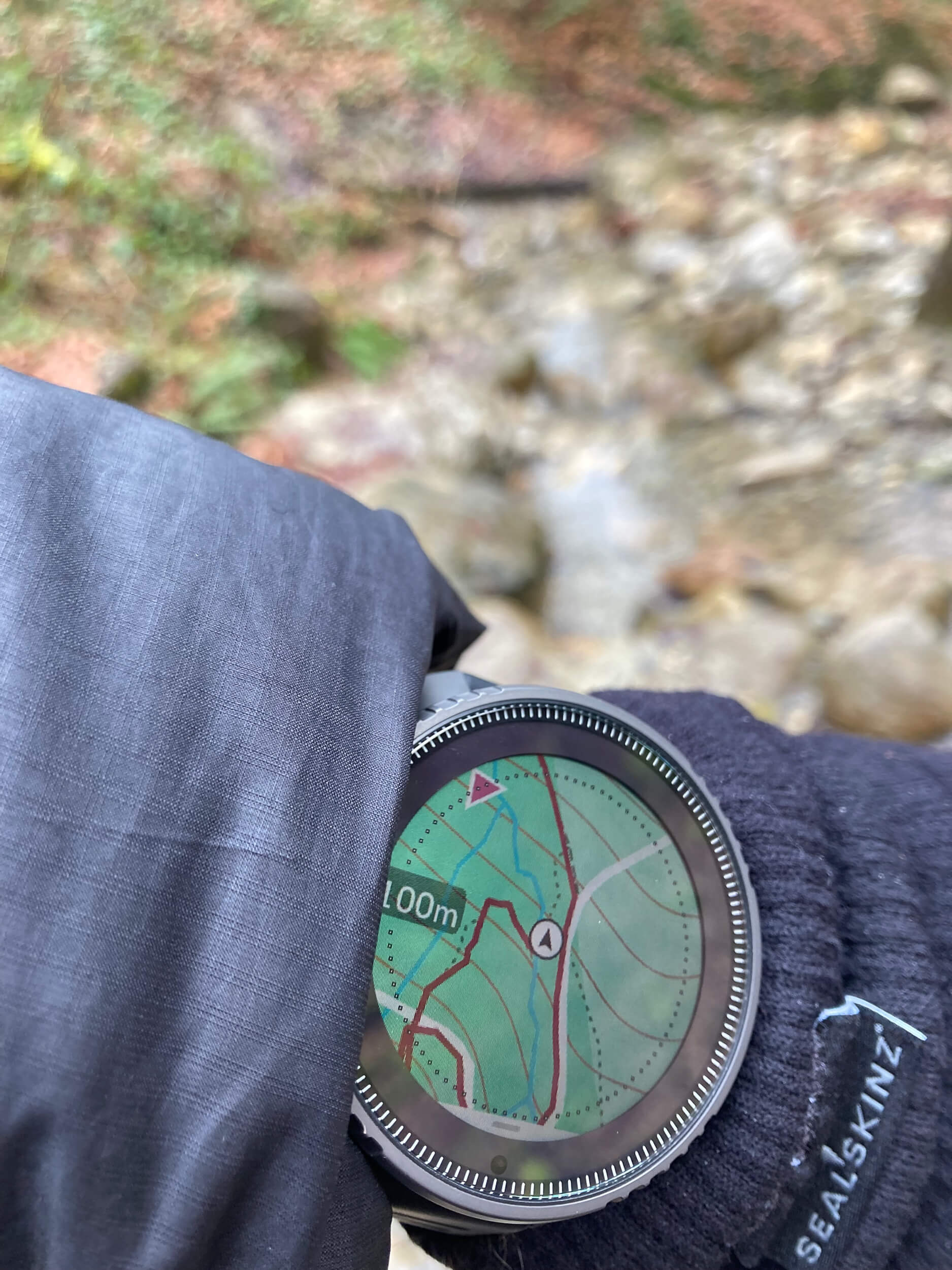
Suunto Vertical Battery Life
The Suunto Vertical battery life is absolutely fantastic. It is the main reason why I upgraded to this watch, along with the topographical maps. On the battery, Suunto claims 85 hours of exercise tracking on the most accurate GPS setting with the solar and titanium solar variants, and 60 hours with the stainless steel variant.
- On intense use (daily hikes, navigation, GPS tracking, maps), I reliably get a full week without charging. For instance, when I’m on holiday and I regularly hike 10-25 KM per day, I only need to charge it once a week. Considering I often use the integrated maps to navigate, that’s quite a lot.
- On moderate use (a mix of weekend hikes, walks, cycling, and other activities), it lasts 10–14 days. I normally do 1-2 big hikes or bike rides on the weekend, and bike rides in the evening or in the morning before or after work during the week.
That’s a massive improvement over the 9 Peak and makes it viable for a week-long hiking holiday with no charger. For comparison, on intense use, I had to charge the Suunto 9 Peak every two to three days.
What’s more significant, however, is that I did not notice any sort of battery performance degradation even after two years. The battery still holds the charge as it did when I first bought the watch.
The solar panel is a nice idea, but in practice, it doesn’t really seem to charge the watch. Suunto claims it adds up to +30%. In my experience in real-life situations, it slows down battery drain a little. Don’t rely on it to recharge during a hike.
What’s more, I have not noticed any degradation yet in terms of battery performance.
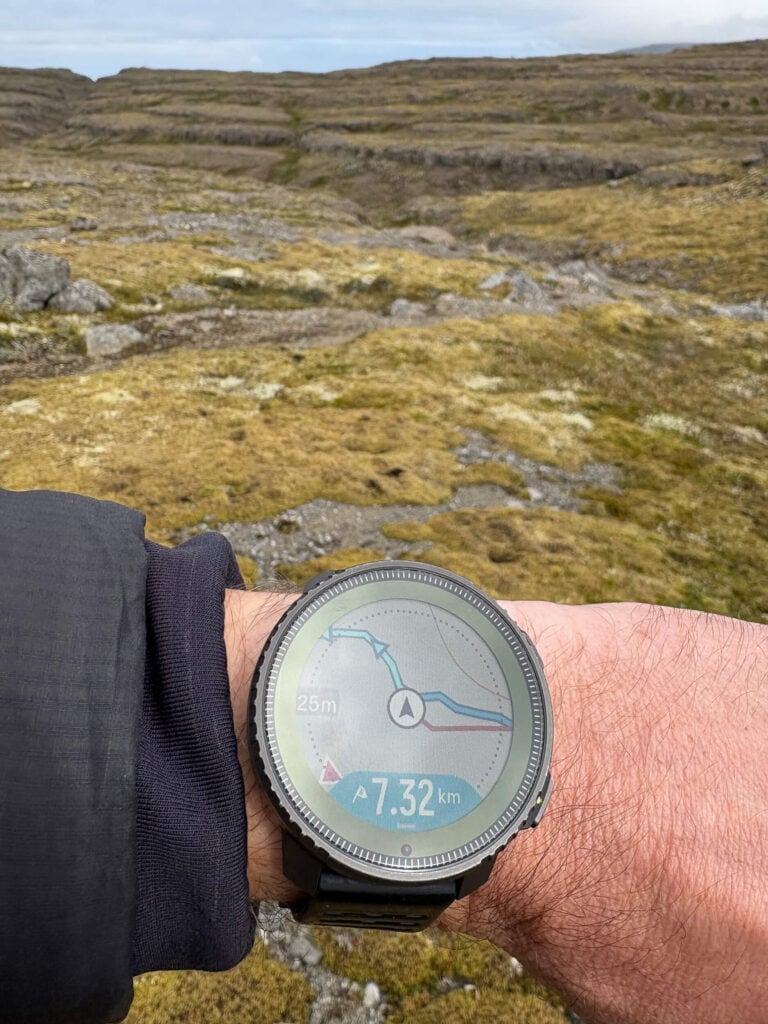
The display is easily readable even when it reflects direct sunlight
Maps and Navigation
For most of my hikes now, the Suunto Vertical replaces my Garmin eTrex 32x handheld GPS. The topographic maps are clear and readable even in bright summer sun with glare overhead.
The maps are well designed and intuitive, and the terrain is easy to read. Zooming in and out is easy: quickly press the upper button to zoom in, and to zoom out, you need to keep it pressed for a little longer.
All the maps include all the known/mapped trails too
Map Storage & Downloads
You download maps over Wi-Fi via the Suunto app. It’s simple: connect to Wi-Fi, choose the regions you want, and the maps are stored directly on the watch.
Storage is generous: I currently have all of Northern Italy, Switzerland, Austria, the French Alps, Sweden, Norway, and Iceland installed, and it’s still not close to being full. That makes it ideal for international trekking and alpine adventures.
Upload trails to Suunto Vertical
This is extremely easy. I am using an iPhone and Komoot as an example, but the process is similar for other apps/phones.
1- Plan your hike in any app
2- Download the track
3- Open it in the Suunto App
4- when saving it, toggle use in watch” on
Then, when you start your hike, initiate the activity on the watch as usual. Before starting the activity, though, go to “navigate” and select the track you saved for use in your watch.
The only complaint I have here is that you can save only up to 15 tracks to use on the watch at any given time. I am not sure why that is, considering how much storage the watch has; I guess it’s for some other reason. But anyway, if you reached the 15 tracks, you need to go into the app, and toggle the “use in watch” off for some of the tracks saved before you can add new ones to the watch. I hope Suunto improves this in one of the next watch updates.
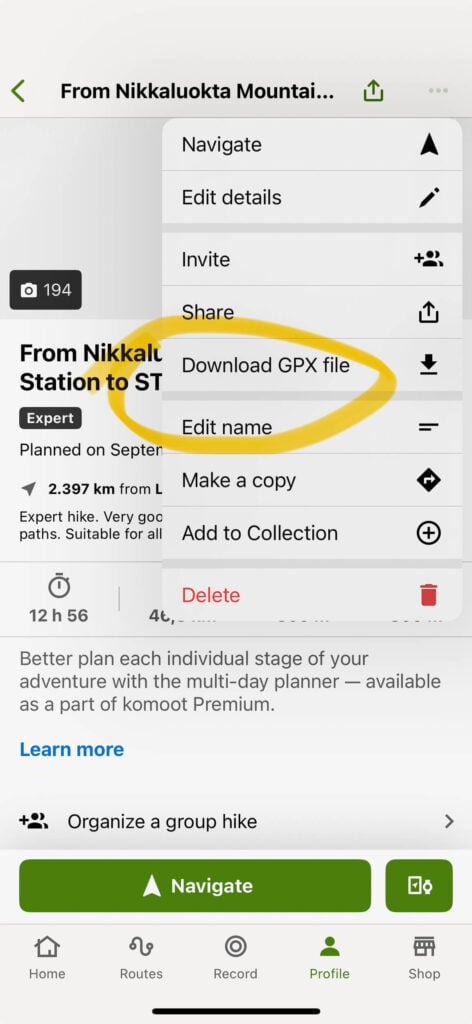
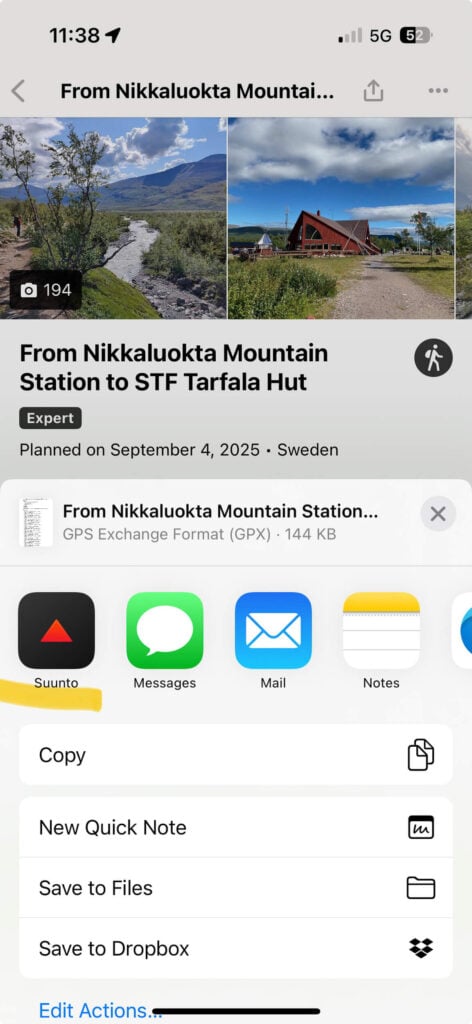
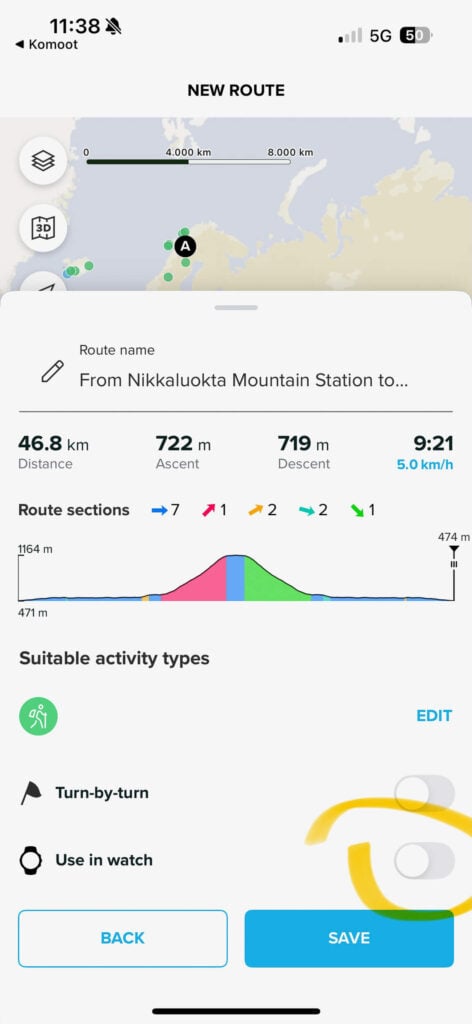

Accuracy: GPS, Heart Rate, Sensors, and more
- GPS: With dual-band GNSS, the Vertical’s GPS is accurate even in valleys, forests, or urban canyons. Tracks are clean, distances reliable — much better than older Suunto models.
- Heart Rate: The optical HR sensor tends to underestimate beats compared to a chest strap. This is especially noticeable while cycling. For hiking, it’s close enough, but if you train with strict HR zones, a chest strap is still recommended.
- Sleep & Recovery: Sleep tracking is surprisingly accurate, and the Suunto app does a good job with recovery and fitness insights. I find Suunto’s “fitness level” metric more reliable than what Strava reports, even if that’s technically more of an app property than the watch itself.
- Storm Alert. Much better compared to the Suunto 9 peak. On that watch, the storm alarm used to go off quite often, without any apparent good reason. The Suunto Vertical’s storm alarm goes off very rarely. I would say so far, it has alerted me correctly about 70/80% of the time.
- Weather Forecast: This needs to be connected to the app to show the data. Even then, I am not sure where Suunto gets the Weather forecast data
Pros and Cons After 2 Years
What I Like
- Outstanding battery life (1–2 weeks depending on use)
- Clear topo maps that replace a handheld GPS
- Easy zoom and navigation with buttons
- Huge offline storage for maps across countries
- Accurate GPS and elevation data
- Reliable sleep and recovery tracking
What Could Be Better
- Solar charging is more marketing than reality
- Optical HR sensor underestimates effort, especially cycling
- The weather forecast is kind of useless, but I would not rely on that in any way
Suunto Vertical Solar Review summary after two years of use
After two years of use, the Suunto Vertical has become my main hiking watch and replaced both my Suunto 9 Peak and Garmin eTrex 32x. The combination of long battery life, offline topo maps, and rugged design makes it an excellent watch for hiking. It will last through week-long trips. It’s also a lightweight, slim watch for daily wear, and I can see myself using it for many years to come. It fulfills all my hiking needs with very few shortcomings that are mostly related to its marketing/advertising claims.
Where to Buy the Suunto 9 Vertical
I recommend buying the Suunto Vertical from Amazon, as it typically offers the best deals and the most competitive prices, especially when compared to Suunto’s own website. There are usually plenty of models and colors to choose from on Amazon, that’s where I bought mine, too. However, if you don’t mind the price and want a personalized customization, Suunto offers that on its website.
Additional Resources
- If you are looking at Suunto Watches, the Suunto 9 Peak is a good, cheaper alternative. Here’s my review of that watch.

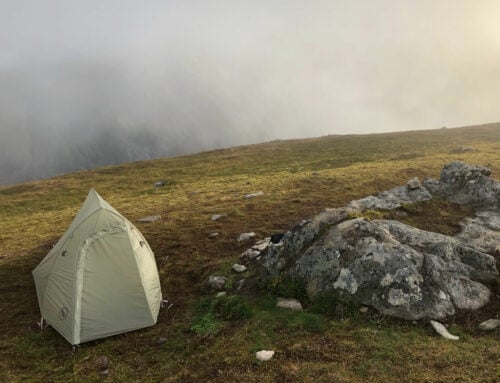

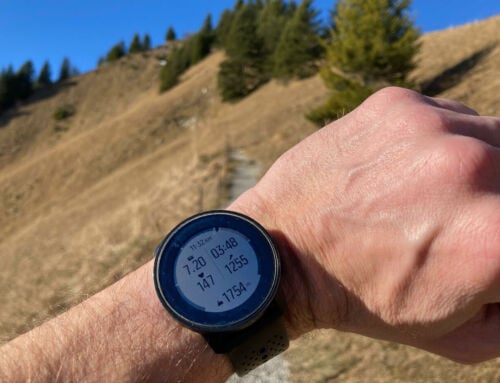

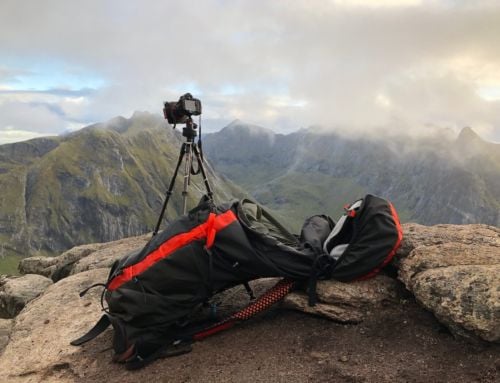
Leave A Comment